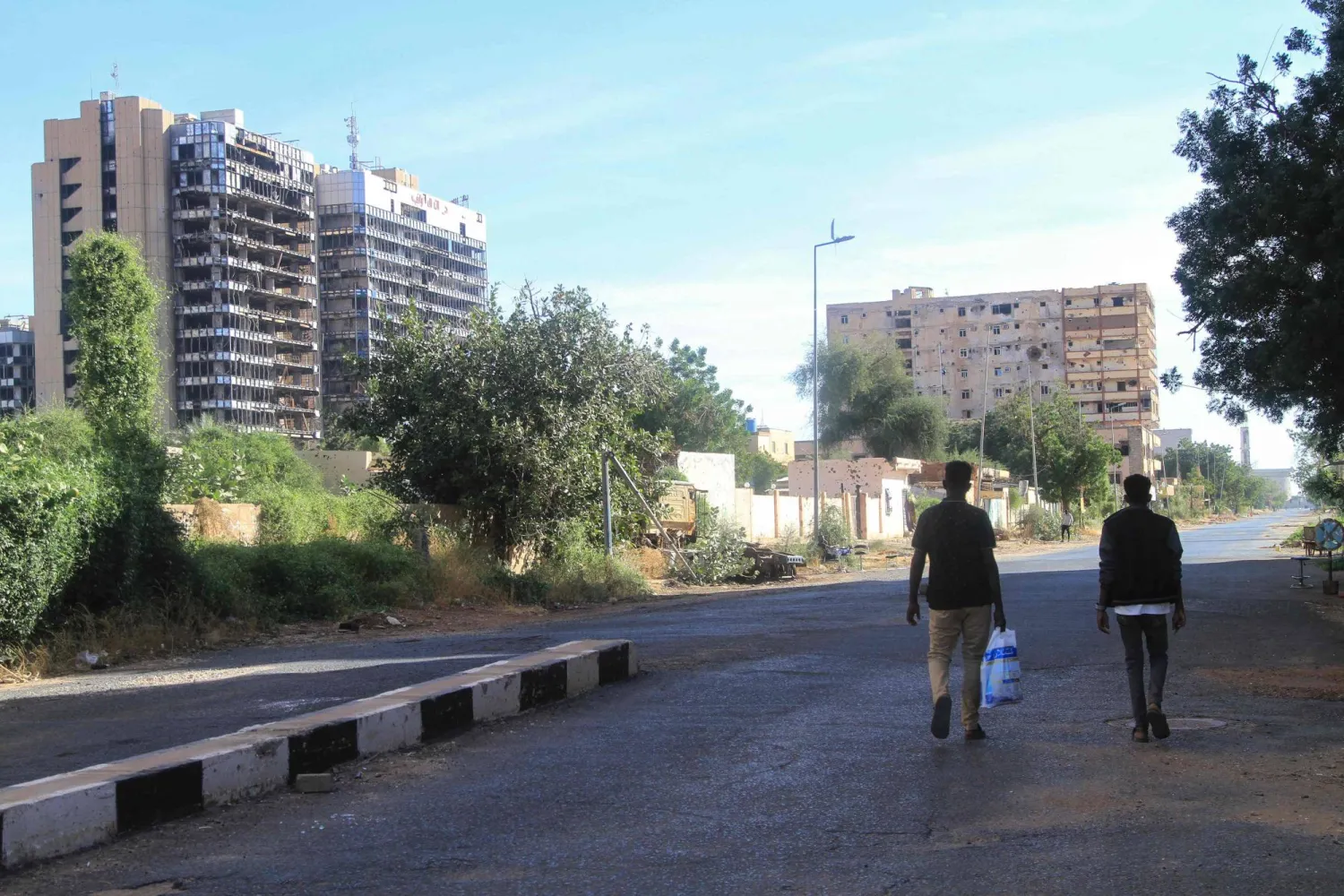Godwin risked everything for a better life in Europe, but he was detained and ransomed in Libya by European Union-backed authorities accused of "extreme abuse" against captured migrants.
The 34-year-old Nigerian had paid 1,100 euros ($1,100) for a place on an overcrowded vessel from the Libyan port of Zawiya, heading for Italian shores via the world's deadliest migration route, AFP reported.
"It was night when I got on the boat, it was already dark. I didn't know (where we were going)," he said, giving only his first name. "I just wanted to go to Europe and have a good life."
Those hopes were dashed when a Libyan patrol boat approached.
Godwin said he was so reluctant to avoid going back to Libya that he considered throwing himself into the sea.
But he was detained and dragged back to Libya, where he was only released after his family paid a 550 euro ransom.
His is far from the only case.
From the start of January until August 20, almost 13,000 migrants have been intercepted and dragged back to detention in Libya while trying to cross the Mediterranean, according to the International Organization for Migration (IOM).
Some have been detained, while others have been sent home or simply allowed to leave the overcrowded detention centers.
A further 918 were either dead or missing.
Hussein, another migrant from Sudan stuck in Tripoli, said he had tried to reach Europe on an overnight boat crossing in 2017.
"The Libyan coast guard caught us and sent us back," he said.
He was detained for a day before managing to escape, he said.
He called on African countries to "look after their people" and discourage them from leaving, "instead of European countries funding Libya to stop migration".
But despite the risks, both Godwin and Hussein said they were saving money for a new effort to reach Europe.
They spoke to AFP while waiting on the roadside in the hope of picking up some work for the day -- for a pittance.
"Now I'm just in Libya, suffering, there is no work, no food to eat, nothing," said Godwin, wearing a paint-specked t-shirt and a grey beanie.
"I'm tired of living this kind of life I'm living here."
Earlier this month, Human Rights Watch accused the EU's border agency Frontex of using a drone to provide information that "facilitates interceptions and returns to Libya ... (despite) overwhelming evidence of torture and exploitation of migrants and refugees".
The accusations against Europe are not limited to financial support.
Alarm Phone, a group running a hotline for migrants needing rescue, this month accused Malta of failing to launch operations to rescue migrants in danger, "despite their obligations to do so" under international law.
"Alarm Phone has witnessed this non-assistance policy in action innumerable times," it said, accusing Malta of "abandoning boats at risk of capsizing" within the island's search and rescue zone.









